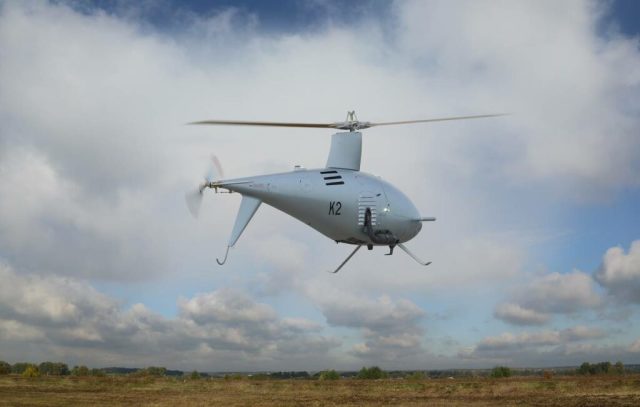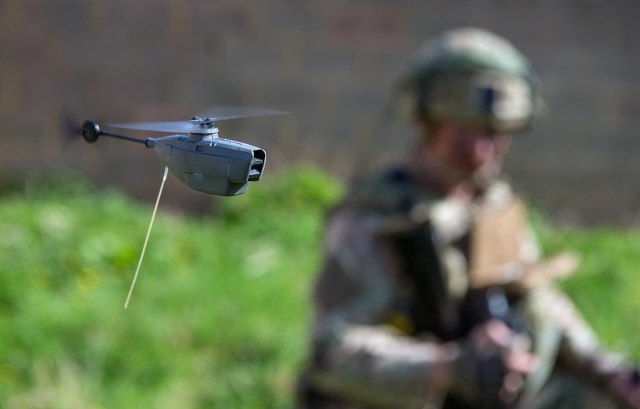Russian engineers have patented a method designed to protect important objects from a massive UAV attack. It is called the "electric dome".
The problem of protecting strategic facilities from drone attacks is becoming more acute every year. Traditional methods, such as missiles, may not always help: with a large consumption of damaging elements, their effectiveness often leaves much to be desired.
Therefore, Russian engineers have developed an "electric dome". It was patented by specialists of the Military Training and Research Center of the Ground Forces "Combined Arms Academy of the Armed Forces of the Russian Federation". The method is designed to protect important facilities (nuclear power plants, oil storage facilities, etc.) from a group air strike.
The adaptive electrified barrier has an electronic UAV detection system. It can determine the number of aircraft and their parameters, and the dome operator will set the modes of counteraction. There are three of them in total: security, security-repulsive and security-striking.
The device includes a hemispherical dome structure, electronic detection equipment, an automated workplace, software, an electrical energy conversion device and a number of other systems.
Earlier it was reported that Rosatom specialists will create a munition that will be able to catch UAVs with a cutting net. Once near the target, the explosives will shoot loads and stretch the network due to this. Such a method, according to the creators, will increase the area of effective destruction of the drone. In addition, the cutting net will be effective against aerial bombs. Soon, Russian specialists should start testing a new method.
It should be noted that Russia has recently demonstrated progress both in the fight against UAVs and in the development of drones themselves. Recently it was reported that the VM-V aircraft created by Rostec was used for the first time as a target in military exercises. With the help of an unmanned helicopter, an air raid was simulated, which was countered by the Pantsir-S anti-aircraft systems.

"VM-V"
Image source: Technodynamics
During the exercises, among other things, the tactical and technical characteristics of the VM-V were checked in mountainous terrain. It is known that the device can stay in the sky for at least two hours. The maximum altitude of the helicopter is 2.5 kilometers. The range of radio communication is up to a hundred kilometers.

